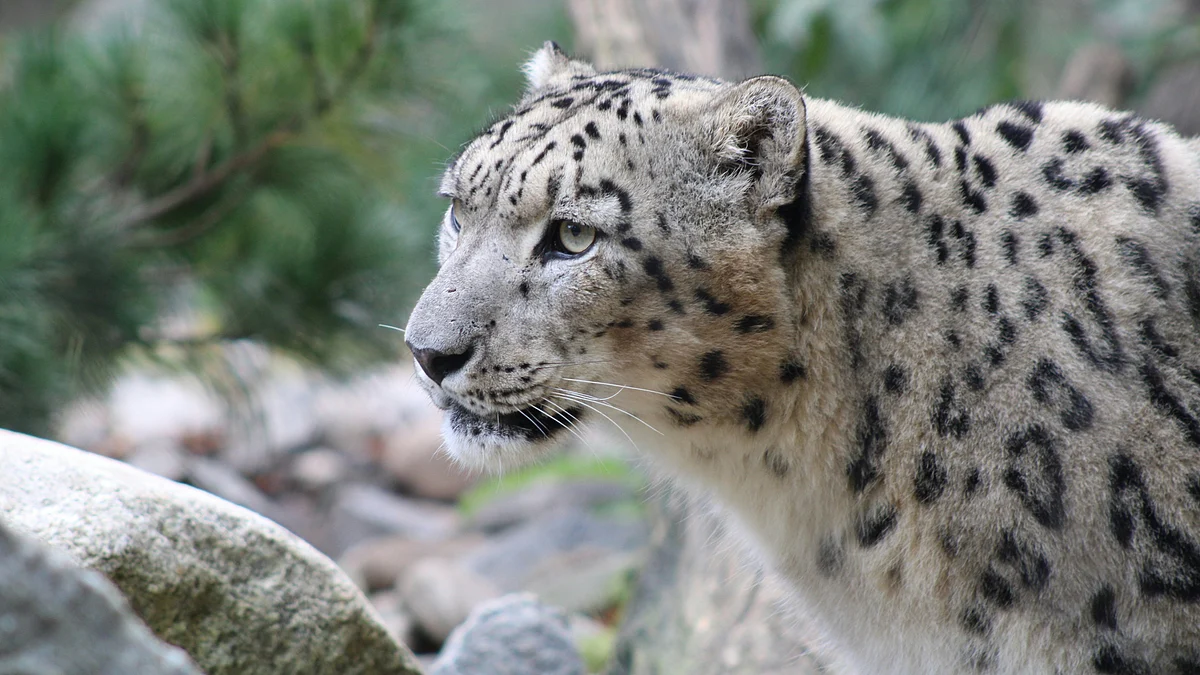The ghosts have doubled in Himachal’s mountains: Snow leopard count up 62 pc
The population of 83 announced at the start of Wildlife Week exceeds all expectations for the ‘ghosts of the mountains’, as it excludes cubs

The population of rare snow leopards in high-altitude tribal areas of Himachal Pradesh has increased by 62 per cent over the past four years, says a newly released survey.
The count stood at 51 in 2021, according to the baseline survey conducted by the wildlife wing of the state forest department. It has now increased to 83, officials said on 3 October, Friday, citing the study conducted during the past one year.
The survey also involved strong community participation, indicating that the long-term conservation plans with community involvement are bearing results, they added.
The new survey released on Thursday (the first day of the Wildlife Week being observed from 2 to 8 October) said the count excluded cubs, and exceeded the estimated upper confidence limit of 73 over the 2021 survey, reflecting possible expansion of habitats.
The survey was conducted through a large-scale camera trapping exercise across six sites over an area of 26,000 sq km. The snow leopards and their habitats were detected in the tribal areas of Lahaul–Spiti, Kinnaur and the Pangi valley.
However, the study also recorded their presence beyond the protected areas, which comprise the Kibber Wildlife Sanctuary, Great Himalayan National Park, Sechu Tuan Nallah Wildlife Sanctuary and Asrang Wildlife Sanctuary.
In addition to snow leopards, the survey also drew distribution maps for key prey species such as the blue sheep, Himalayan ibex and musk deer, as well as other high-altitude mammals such as Himalayan wolves, brown bears, leopards, red foxes and martens.
Notably, the study also reported the first official sighting of Pallas's cat in Kinnaur and the rediscovery of the woolly flying squirrel in Lahaul, highlighting the rich biodiversity of the state.
According to the officials, community involvement was key to the survey's success. Local youths and women from Kibber village in Spiti assisted with camera trap deployments and data analysis, while frontline forest officers and other community members supported field operations.
This latest survey was completed in one year, compared to the three-year timeline in 2021, they said, and it proved cost-effective, offering a scalable framework for long-term snow leopard monitoring in India.
Himachal Pradesh is now the first state in the country to have conducted a second statewide snow leopard assessment, they added.
Follow us on: Facebook, Twitter, Google News, Instagram
Join our official telegram channel (@nationalherald) and stay updated with the latest headlines
